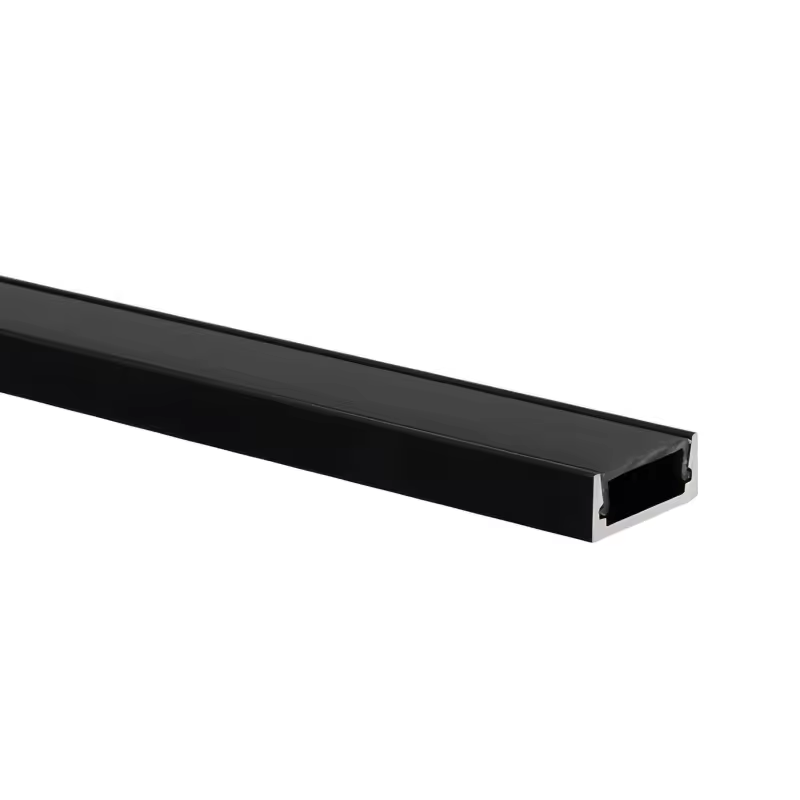Acoustic Panels for Studio Recording Enhancing Sound Quality
When it comes to studio recording, achieving pristine sound quality is paramount. Whether you're a musician, voiceover artist, or podcaster, the acoustic environment in which you record can significantly impact the final product. One effective solution to improve sound quality is the use of acoustic panels. These specialized panels play a crucial role in controlling sound reflections, minimizing noise, and creating a more favorable recording environment.
Acoustic Panels for Studio Recording Enhancing Sound Quality
One of the primary benefits of using acoustic panels is their versatility. They come in various shapes, sizes, and materials, allowing you to customize your studio to meet your specific acoustic needs. For example, foam panels are popular for their lightweight and cost-effective properties, making them an accessible choice for home studios. On the other hand, fabric-wrapped panels offer a more aesthetically pleasing option without compromising performance, making them ideal for professional settings.
acoustic panels for studio recording

In addition to improving recording quality, acoustic panels contribute to a more pleasant working environment. A well-treated space reduces distractions caused by external noise, helping artists and engineers focus on the task at hand. This is particularly important in urban areas where ambient noise levels can be high, as the acoustic panels act as a barrier, fostering a more serene atmosphere conducive to creativity.
When installing acoustic panels, it’s essential to consider the layout of your studio. The goal is to address primary reflection points—areas where sound waves bounce off walls and reach the microphone almost simultaneously. Common reflective surfaces include walls, ceilings, and even floors. By identifying these points and placing panels accordingly, you can optimize sound absorption and improve your overall recording experience.
Another crucial aspect to consider is the balance between absorption and diffusion. While acoustic panels are excellent for absorbing sound, incorporating diffusers can help scatter sound waves, preventing a deadened acoustic space. This combination ensures that while undesirable reflections are minimized, the room still maintains a lively and dynamic sound profile.
In conclusion, acoustic panels are an indispensable tool for anyone serious about studio recording. By effectively controlling sound reflections and reducing noise interference, they play a vital role in enhancing sound quality. Whether you’re setting up a professional studio or a modest home recording space, investing in acoustic treatment will undoubtedly lead to clearer, more polished recordings. With the right approach to acoustic design, you can create an environment that inspires creativity and delivers exceptional audio results.
